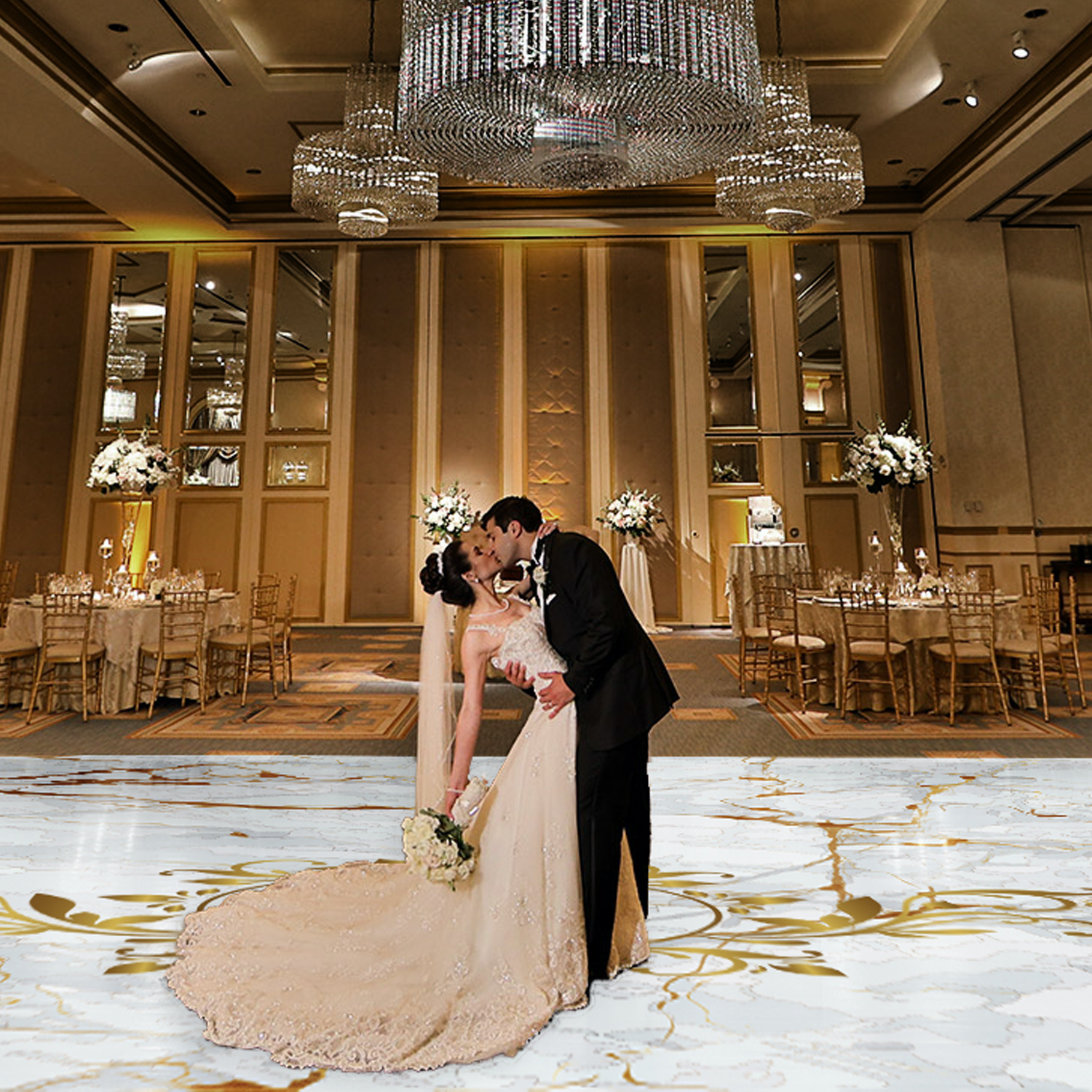Ensuring Protection and Fun on the Disco Floor: Recognizing and Reducing Common Dangers
Ensuring Protection and Fun on the Disco Floor: Recognizing and Reducing Common Dangers
Blog Article
Dancing is a well-liked pastime that brings people together, regardless of at a gathering, a dance venue, or a special occasion. Yet, although dancing can be a lot of enjoyment, it is essential to keep safety in consideration. The dance area can pose various hazards that may lead to accidents or mishaps if not managed appropriately. By identifying and preventing these frequent hazards, event organizers and dancers can ensure a safe and pleasant experience for all.
One of the major significant hazards on the dance area is the risk of slipping or falling. This can occur due to liquid accidents, uneven surfaces, or overcrowded spaces. To avoid these incidents, it is important to maintain a tidy and dry dance area. Event organizers should frequently check the area for any leaks or obstacles and remove them up immediately. Furthermore, ensuring that the dance floor is well-lit can help dancers identify potential hazards, lessening the chances of falling. Dancers should also be mindful of their environment, steering clear of crowded areas where they may be shoved or stumbled.
Another common issue on the dance area is the potential for injuries caused by too many people. When too many people congregate in one area, it can lead to bumps, bruises, and even more grave injuries. To prevent overcrowding, locations should set a maximum capacity for the dance floor and oversee it closely. Event organizers can use fencing or ropes to create specific areas for dancing, which can help control crowd flow. Additionally, motivating dancers to be aware of their space and to consider others can create a safer environment for all.
Injuries can also occur from improper footwear. Using shoes that are not suitable for dancing can lead to slips, accidents, or foot damages. Dancers should choose footwear that provides adequate support and traction. Event coordinators can prompt guests to choose appropriate shoes by including this information in announcements or messages. Providing a place for dancers to keep their shoes can also assist keep the dance floor safe and clear from sites potential hazards.
Lastly, it is essential to recognize the significance of health and wellness on the dance floor. Staying well-hydrated is crucial, especially during long periods of dancing. Lack of hydration can lead to dizziness, click site fatigue, and other health issues. Event coordinators should provide hydration stations or encourage guests to bring water containers. Additionally, it is imperative for dancers to listen to their bodies and take breaks as necessary. By encouraging a healthy atmosphere, everyone can savor dancing while reducing the risk of health-related issues.
In conclusion, guaranteeing security and enjoyment on the dance floor requires consciousness and preemptive measures. By identifying hazards such as slips, overcrowding, improper footwear, and health issues, event organizers and dancers can work together to create a secure environment. Implementing these steps not only prevents mishaps but also improves the overall encounter for everyone involved. With appropriate precautions, the dance area can remain a place of fun and camaraderie for all.